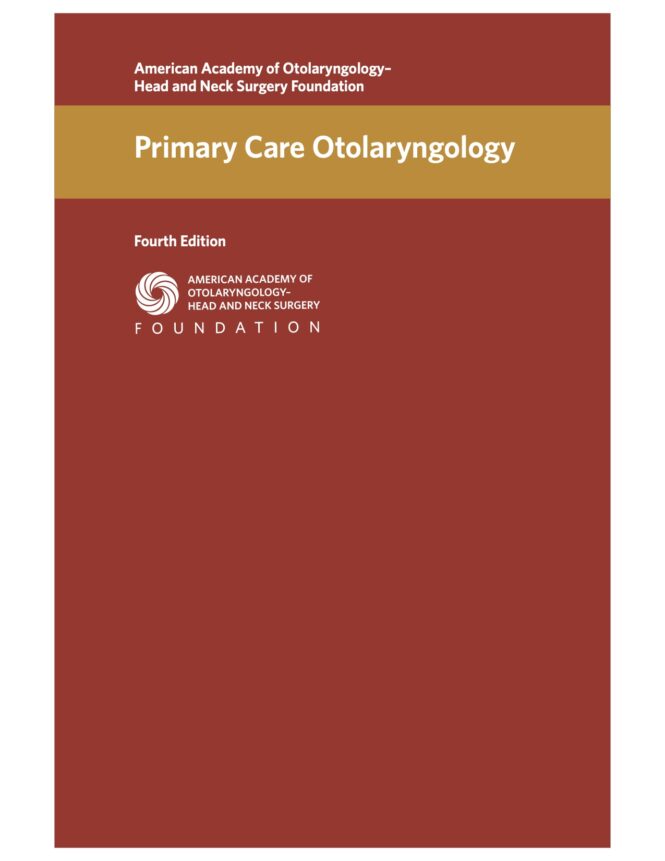The stated aim of Primary Care Otolaryngology (2019) is “to provide the necessary information for medical students and allied health professionals.” The book “is designed to provide guidance on how to manage uncomplicated problems that can be taken care of by a patient’s primary care provider” and to “facilitate the recognition of potentially serious problems that should be referred to an otolaryngologist.”
For the most part, the book is successful in achieving its goal. For example, there are useful discussions of straightforward clinical presentations of acute otitis media, sinusitis, dizziness, and similar ear nose and throat conditions that are treated in primary care settings. And, as promised, the authors provide some information on how to manage more complex cases. For example, recurrent otitis media in children is often treated with myringotomy tubes, and the authors take care to articulate the indications: “three to four bouts of acute otitis media in six months or four to five bouts in a single year” (page 23).

The discussions are very straightforward, which makes this book very good for average medical students. Remember, ear nose and throat diseases are very well represented in clinical practice and on the Boards, but they are often underemphasized in medical school curricula. Primary Care Otolaryngology (2019) will help students bridge this gap.
Next edition of the book should probably focus a bit more on differential diagnosis. For example, the identified causes of dizziness (Chapter 6) include benign paroxysmal positional vertigo, vestibular neuronitis, and Ménière’s disease, but stroke is unfortunately mention in just two words and only very tangentially (“vascular abnormality”). Considering its clinical importance, stroke should probably be discussed more fully and specifically as a potential cause of severe dizziness. In addition, pharyngitis isn’t mentioned in the book at all. And while I understand that most otolaryngologists don’t see many patients with a chief complaint of sore throat, the Pediatric Otolaryngology chapter (Chapter 17) feels incomplete without it, especially because other pediatric diseases of the neck (peritonsillar abscess, epiglottitis, croup, etc.) are discussed in adequate detail.
Overall, Primary Care Otolaryngology (2019) remains an excellent starting point for medical students who are looking to broaden their understanding of ear nose and throat diseases. I therefore recommend Primary Care Otolaryngology (2019) very highly to medical students, particularly those who are rotating in otolaryngology or are preparing for the USMLE (all Steps!). The book is available online for free. My review of a previous edition of the book can be found here.


Leave a Reply